|
I always make a point of trying to keep an eye on flocks of European Golden Plovers when they begin to form on my local Lincolnshire fens (usually at the end of September, but sometimes later), for they are an often-underappreciated source of scarce finds. Coming across a good bird among them can be both challenging but also very rewarding.
After a Pacific Golden Plover in November 2021, the best I could muster in 2022 was a juvenile Grey Plover. Amazingly, despite the many thousands of golden plovers that gather in the Peterborough area each autumn, there had not been a local record of American Golden Plover since a juvenile that I found at Etton-Maxey Pits in October 2007. It seems beyond comprehension that there hasn't been one in Peterborough for 16 years and I would imagine in reality it's a near-annual visitor to the area rather than a once-in-a-decade vagrant.
I was hoping that I might be able to end the long wait for another AGP this autumn, but didn't expect it to happen at only my second attempt. After finding a flock of about 500 birds along Deeping High Bank on 28th, I returned on 29th and fairly quickly picked up a good candidate for an adult AGP on the 'wrong' side of the river, into the sun. Despite the awful light and a distance of 1km, plus the bird nestled in a roosting group of Euros, the extensively black-speckled underparts and rather swarthy-looking upperparts looked good, but I couldn't be sure without better views.
Fortunately, the flock soon took flight and relocated to the west side of the river, landing in a field close to where I was parked. The light was perfect on the birds and the AGP was soon located. Identification was now straightforward, for it was feeding unobscured alongside Euros in beautiful morning sunshine and stuck out like a sore thumb as being cold and greyish, retaining a strong, white supercilium, as well as having a dark cap and dark, blackish-grey upperparts. After some excellent views, I was joined by Paul Bolton shortly before the birds took flight again. We enjoyed some excellent views of the AGP as it whirled around in the sky above us among the flock, giving us great opportunities to appreciate just how dark it could look compared to the gleaming white of the EGPs. John Rimes and his son, plus a few other birders, then arrived, but the AGP became tricky. Our last views of it were with the Northern Lapwing flock back on the opposite side of the river, again at considerable distance and in difficult light. Curiously, it had separated from the EGPs at this point. After flying off around 11:20, it wasn't seen again.
0 Comments
Like many birders of my generation, Aquatic Warbler has been a tricky bird to catch up with in Britain. Over the past couple of decades, there have been precious few truly gettable examples of this endangered warbler turning up here. There was one in Kent in August 2006 that a lot of people ticked, but I was away on a family holiday. Since then, there have been a few semi-twitchable birds that others have seen, but for whatever reason I'd been unable (or unwilling) to go – including for the Suffolk bird only a few weeks ago.
I have been moving house this week, so naturally I was a little galled when a very accessible Aquatic Warbler turned up at Beeding Brooks in West Sussex. By the third day its continued presence had eaten away at me too much and it felt like an opportunity I couldn't turn down, so I planned a rare twitch for what was a world lifer. In the end, things worked out well and the bird gave much better views than I had imagined, often to within 5 metres but always at least partially obscured. Photo opportunities were limited because of that, but that didn't matter as it was a beautiful bird that was very entertaining to simply watch with binoculars as it crept unobtrusively and Locustella-like through the long grass. |
This pageThe musings of a wildlife enthusiast, usually armed with his camera. Archives
May 2024
|
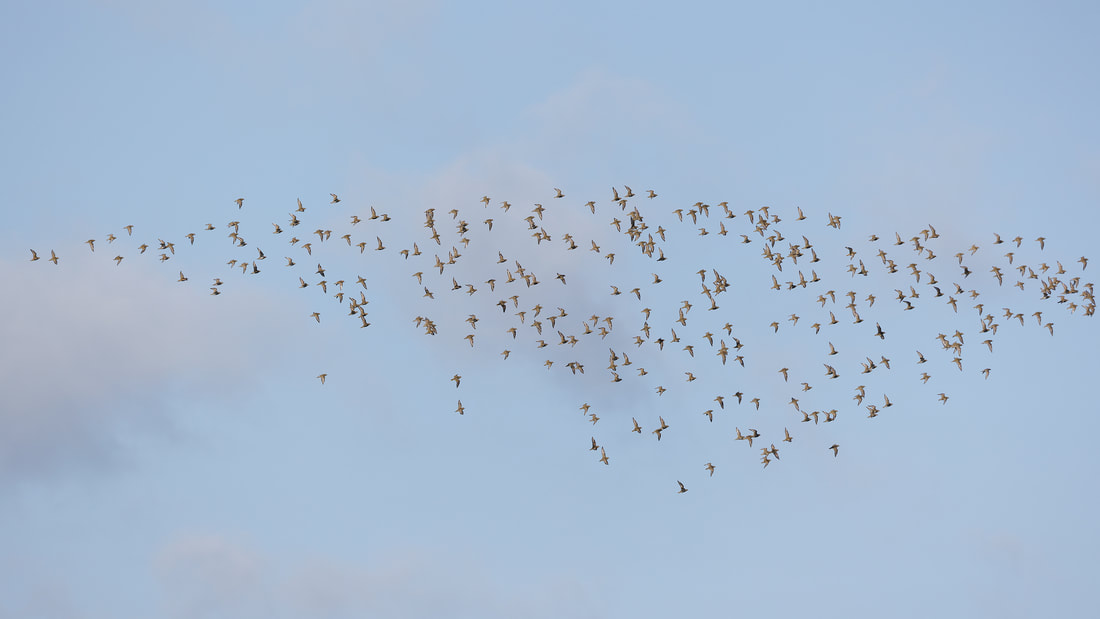
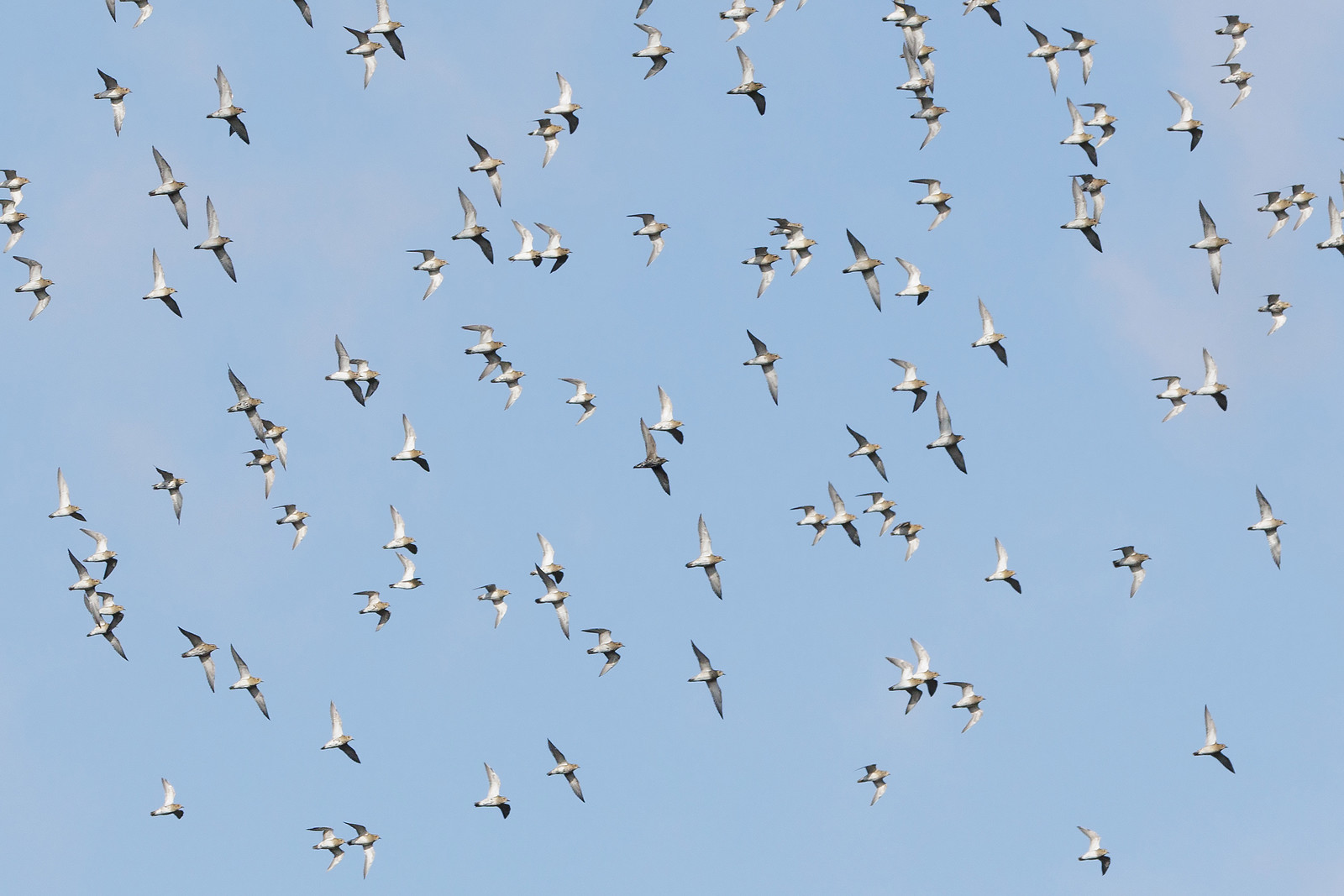
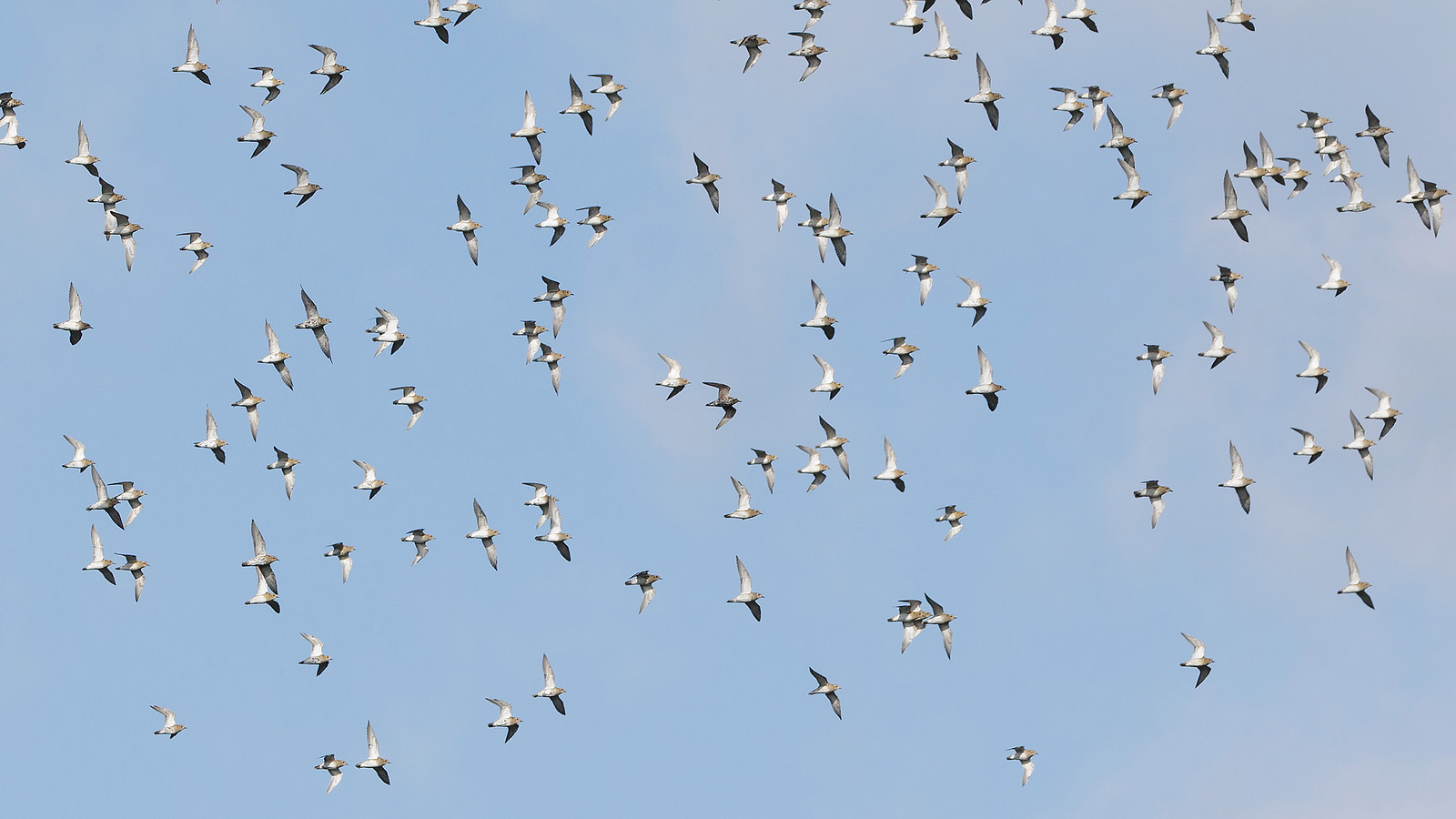
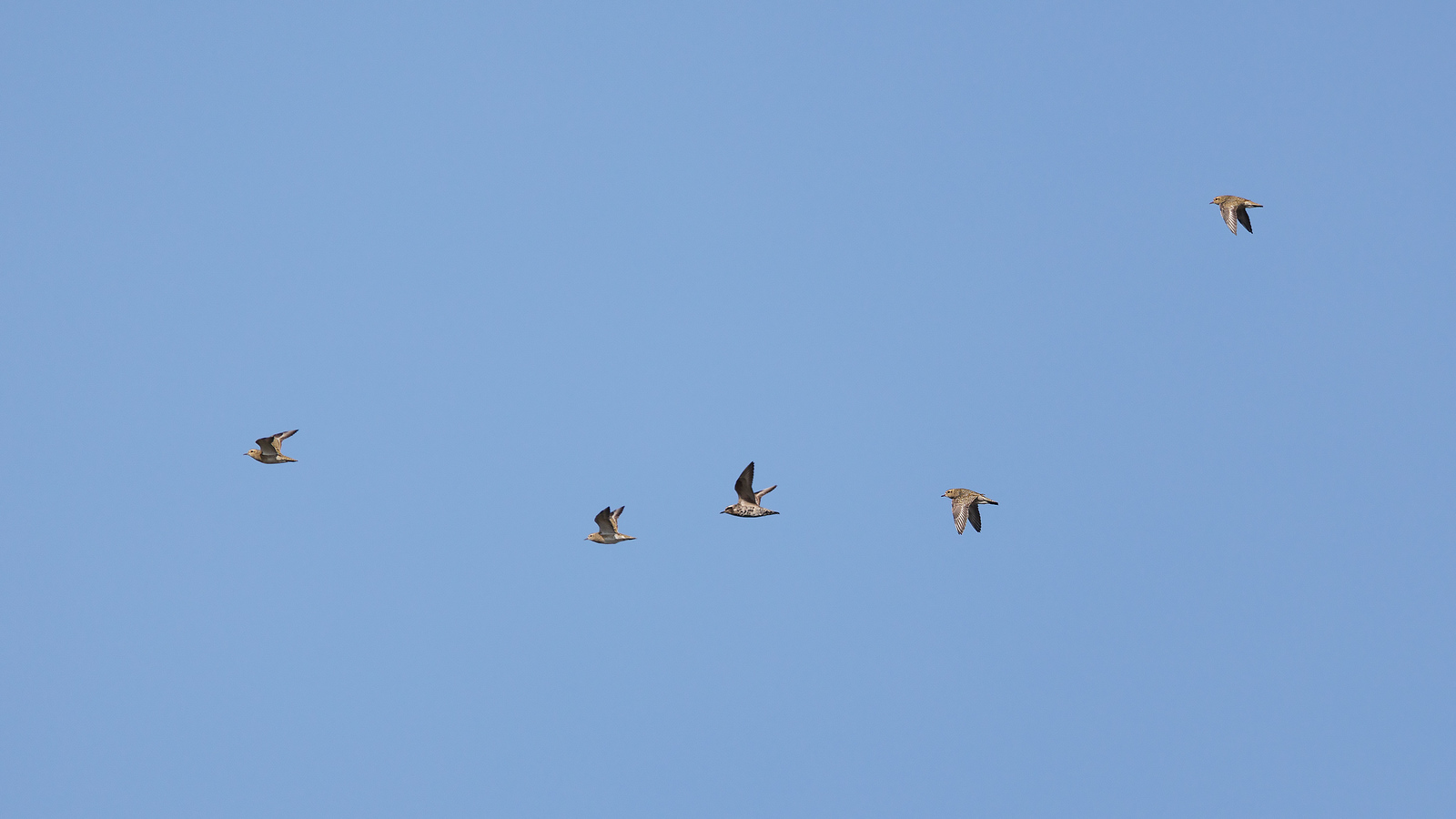
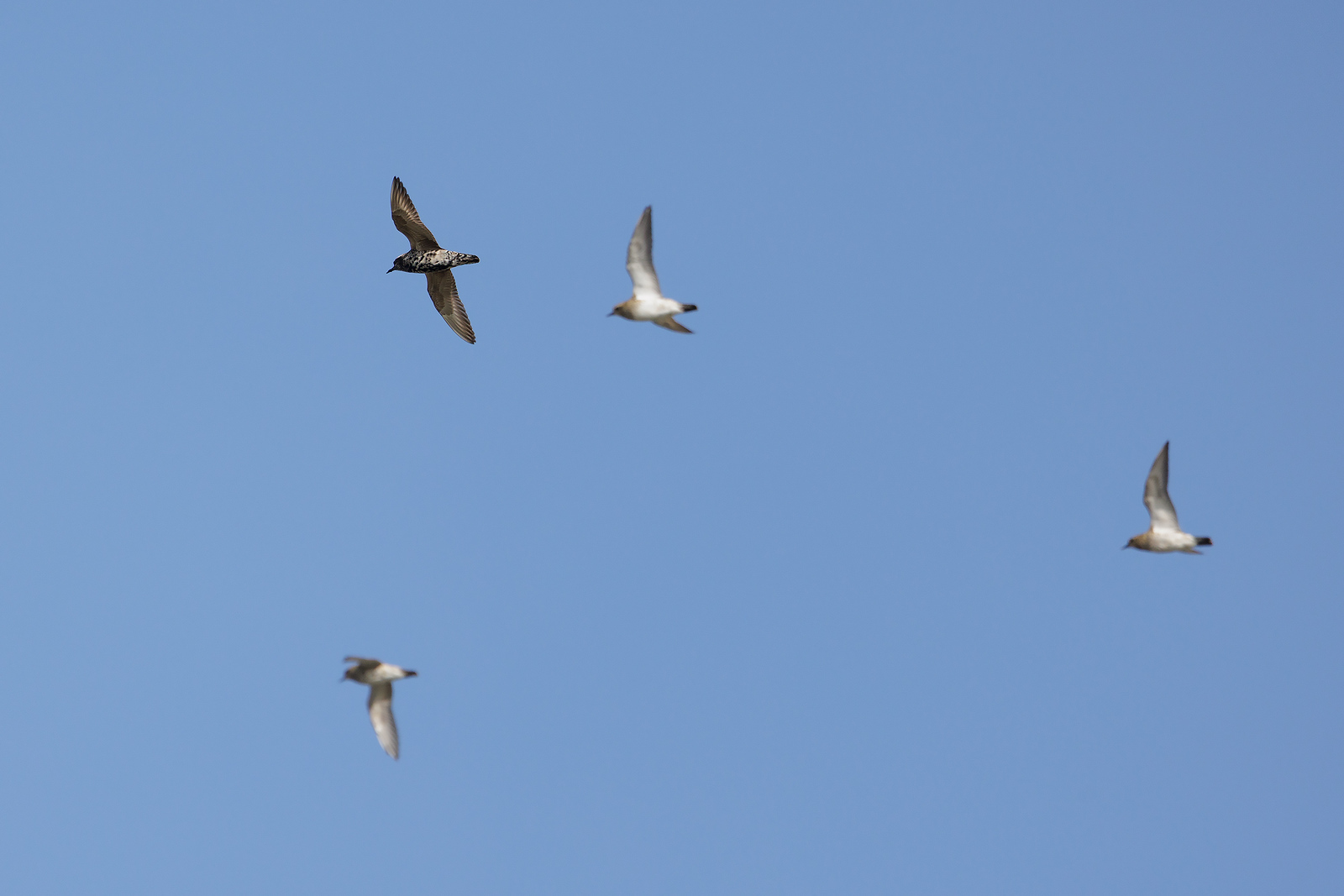
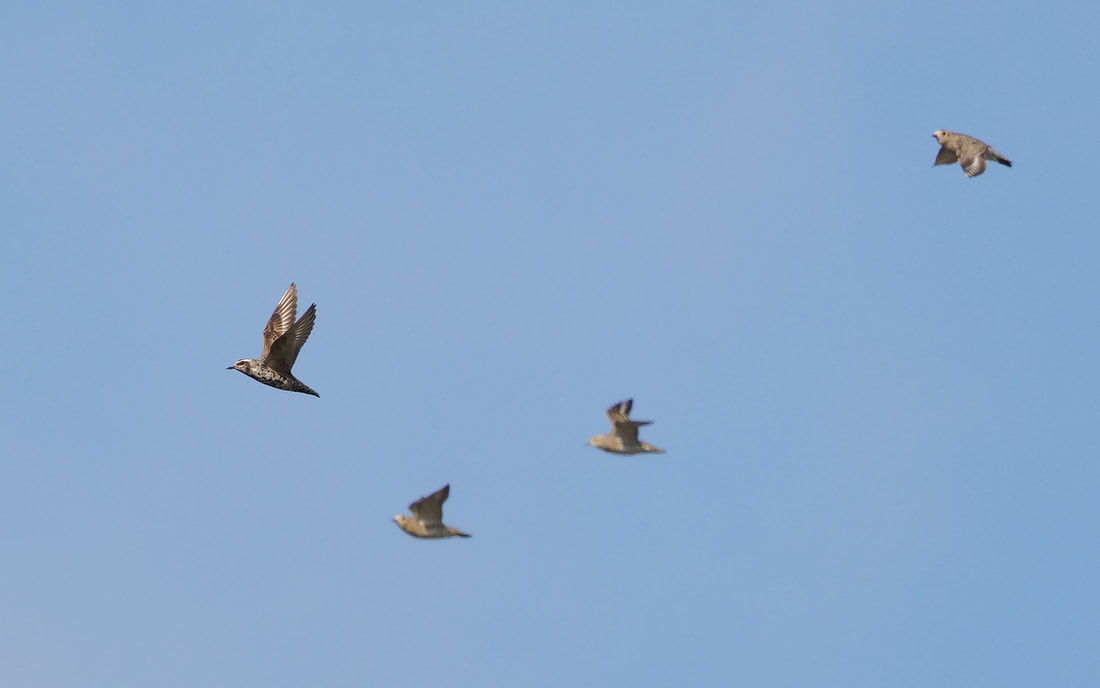
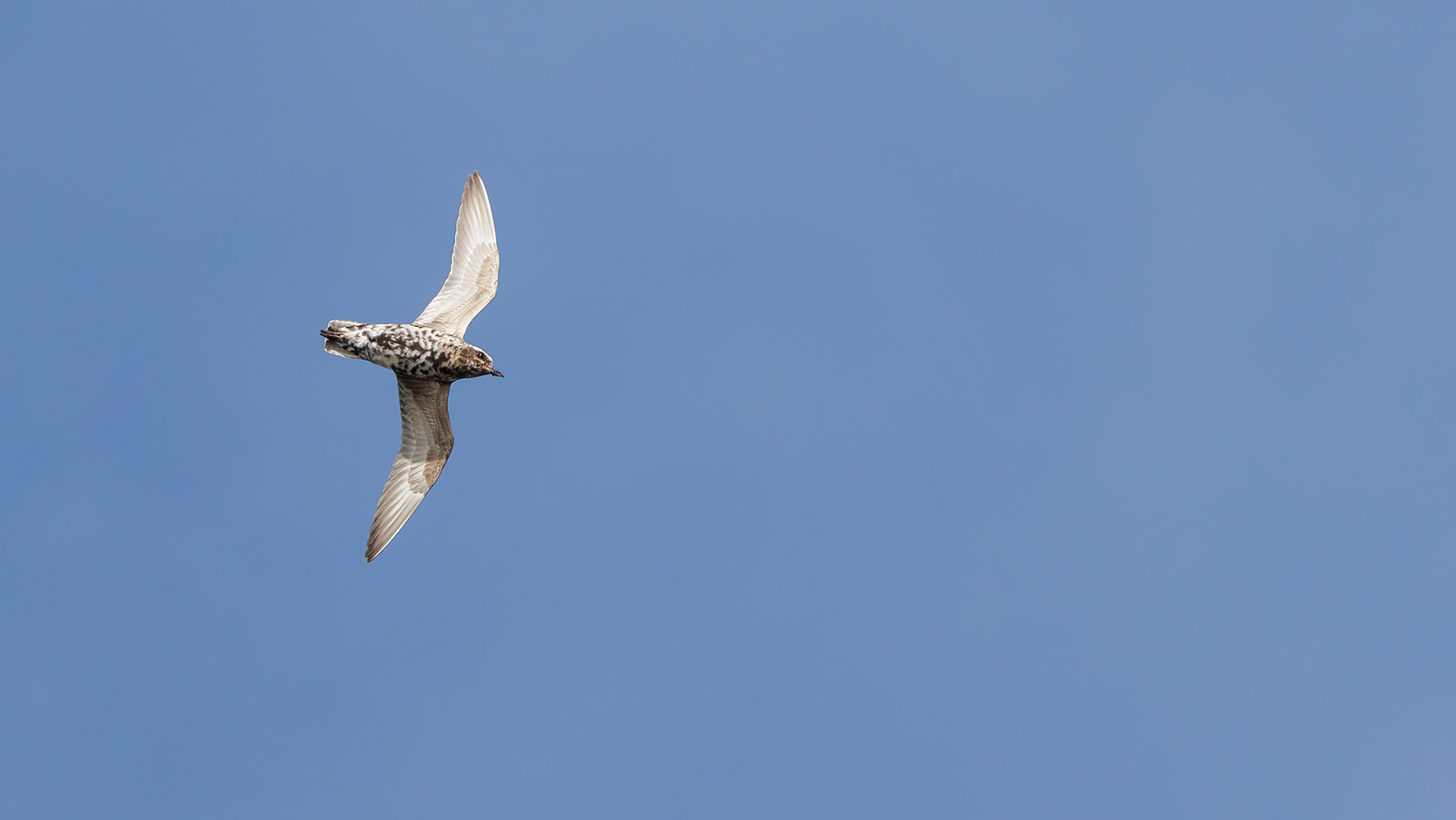
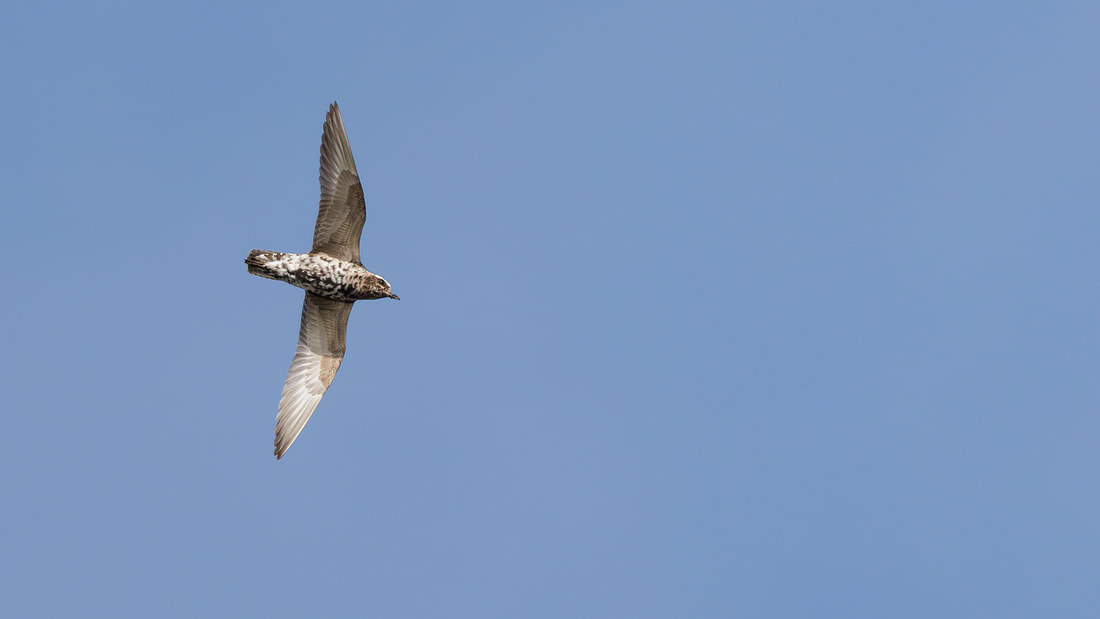
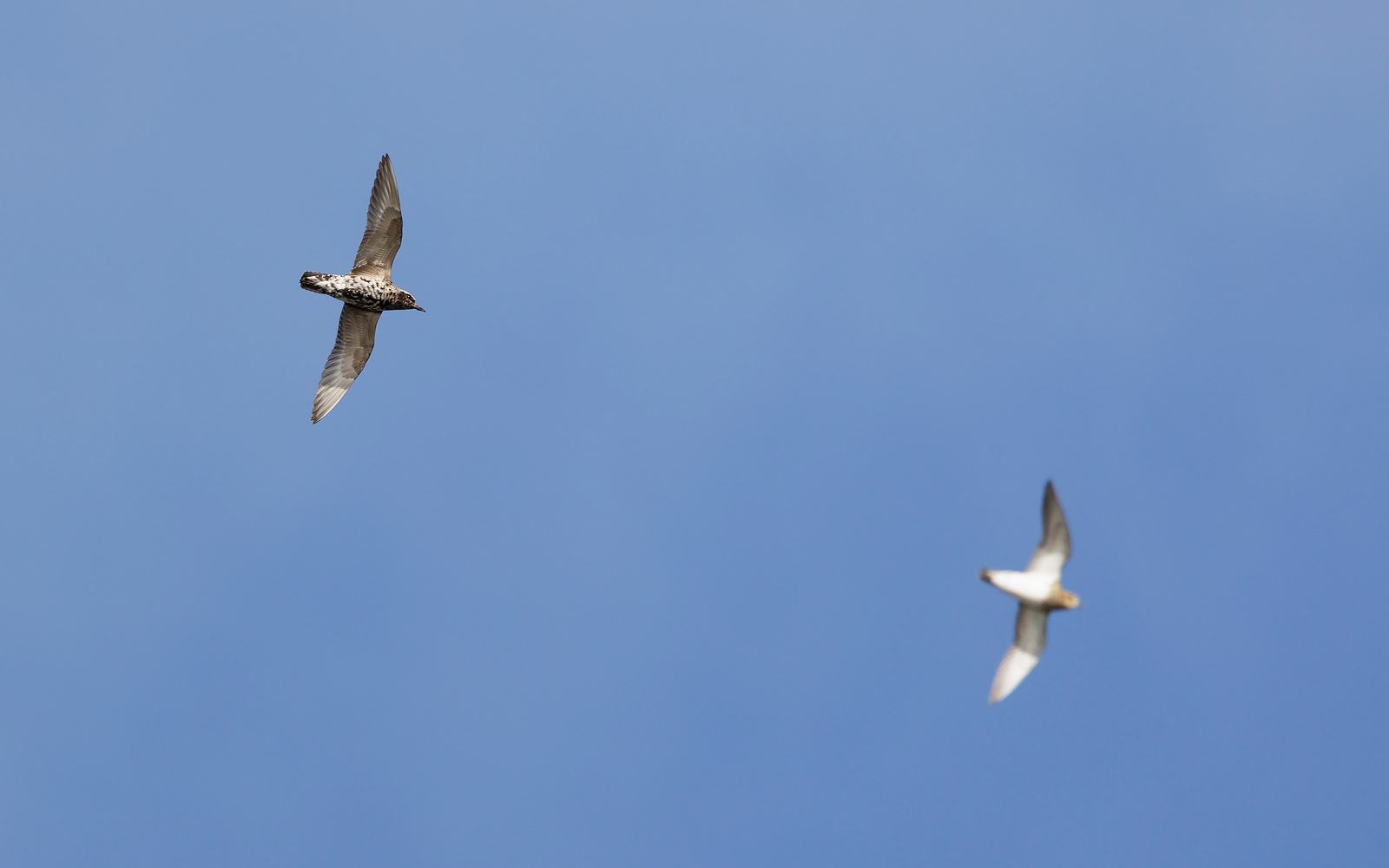
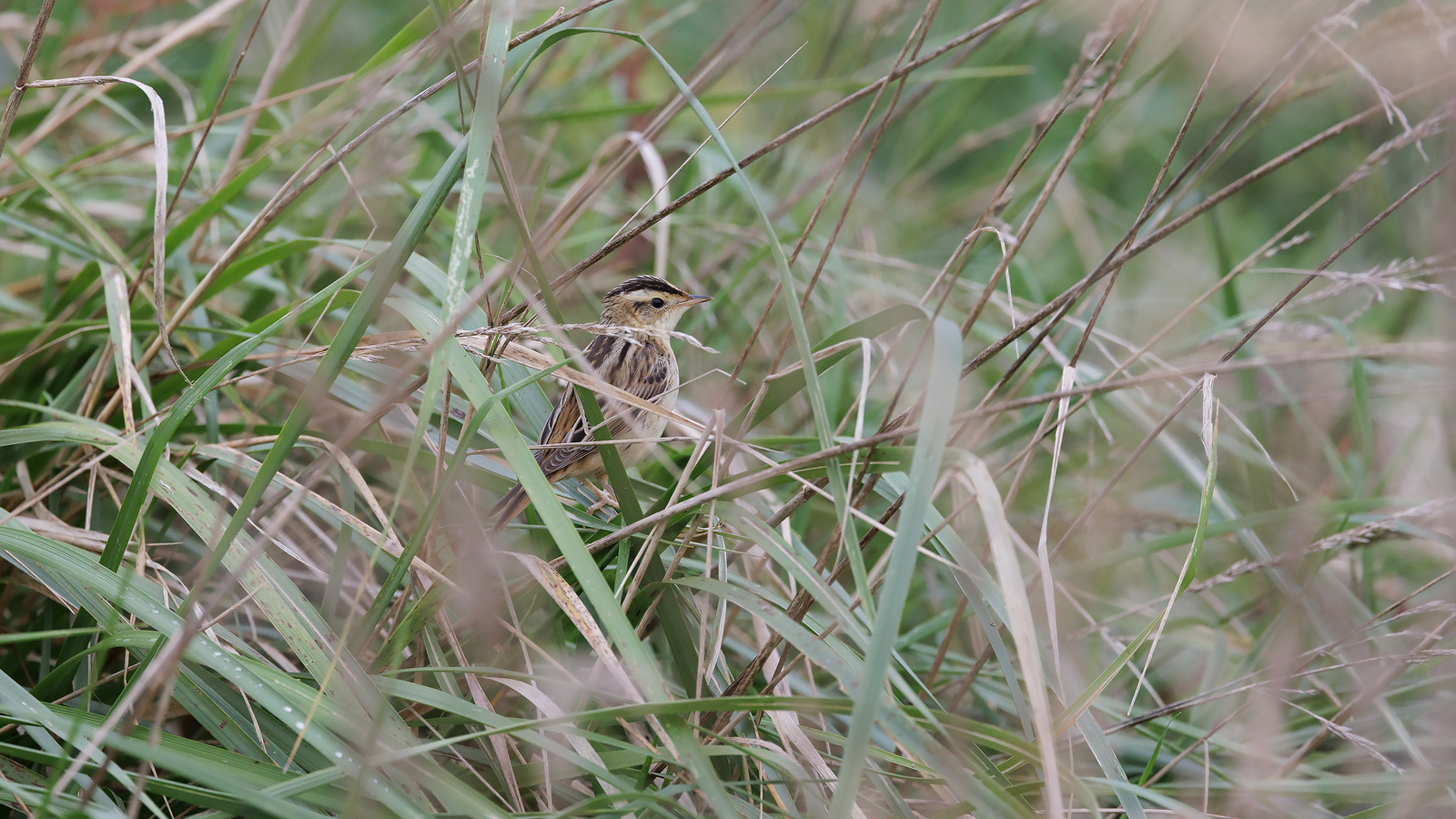
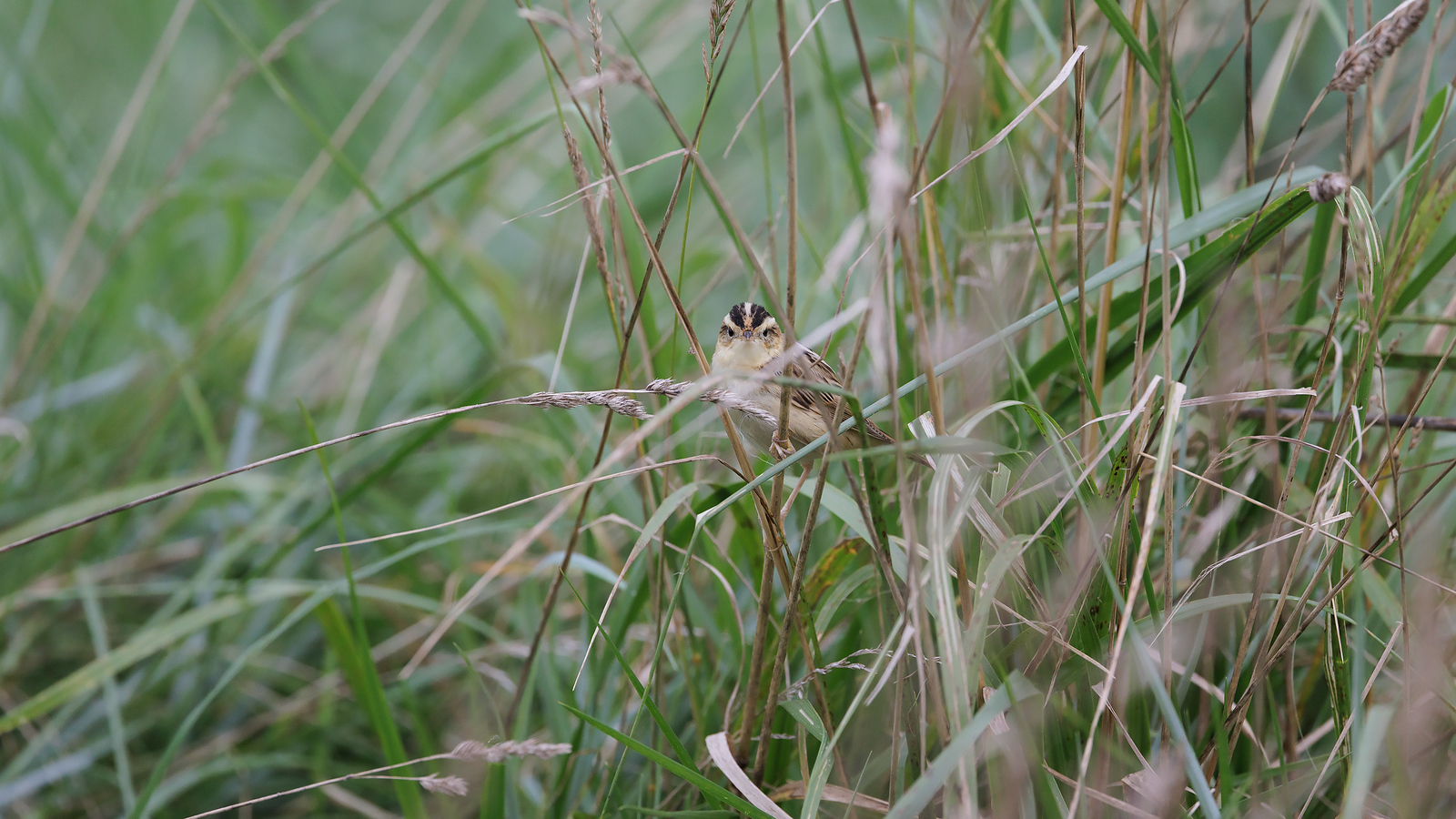
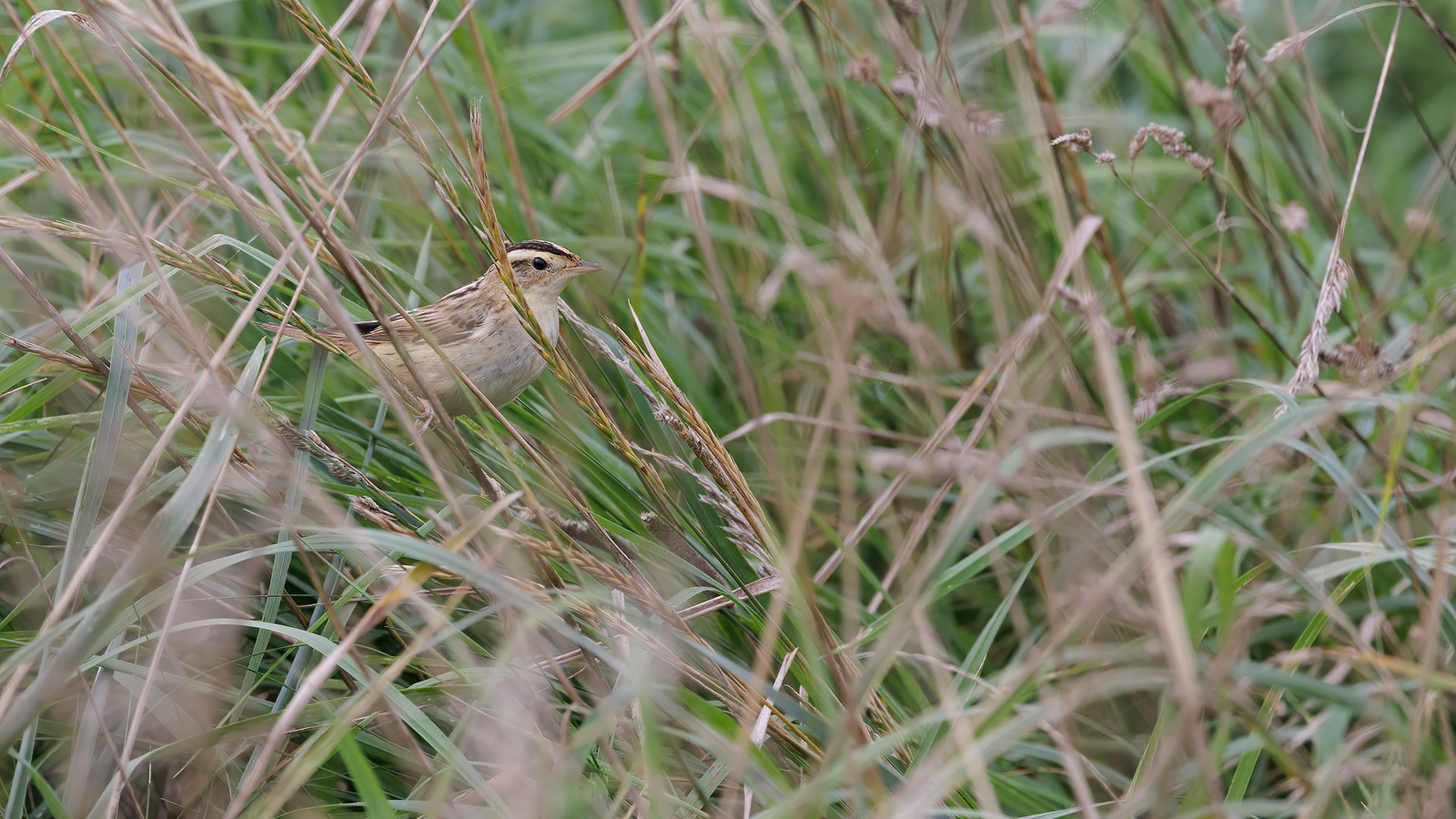
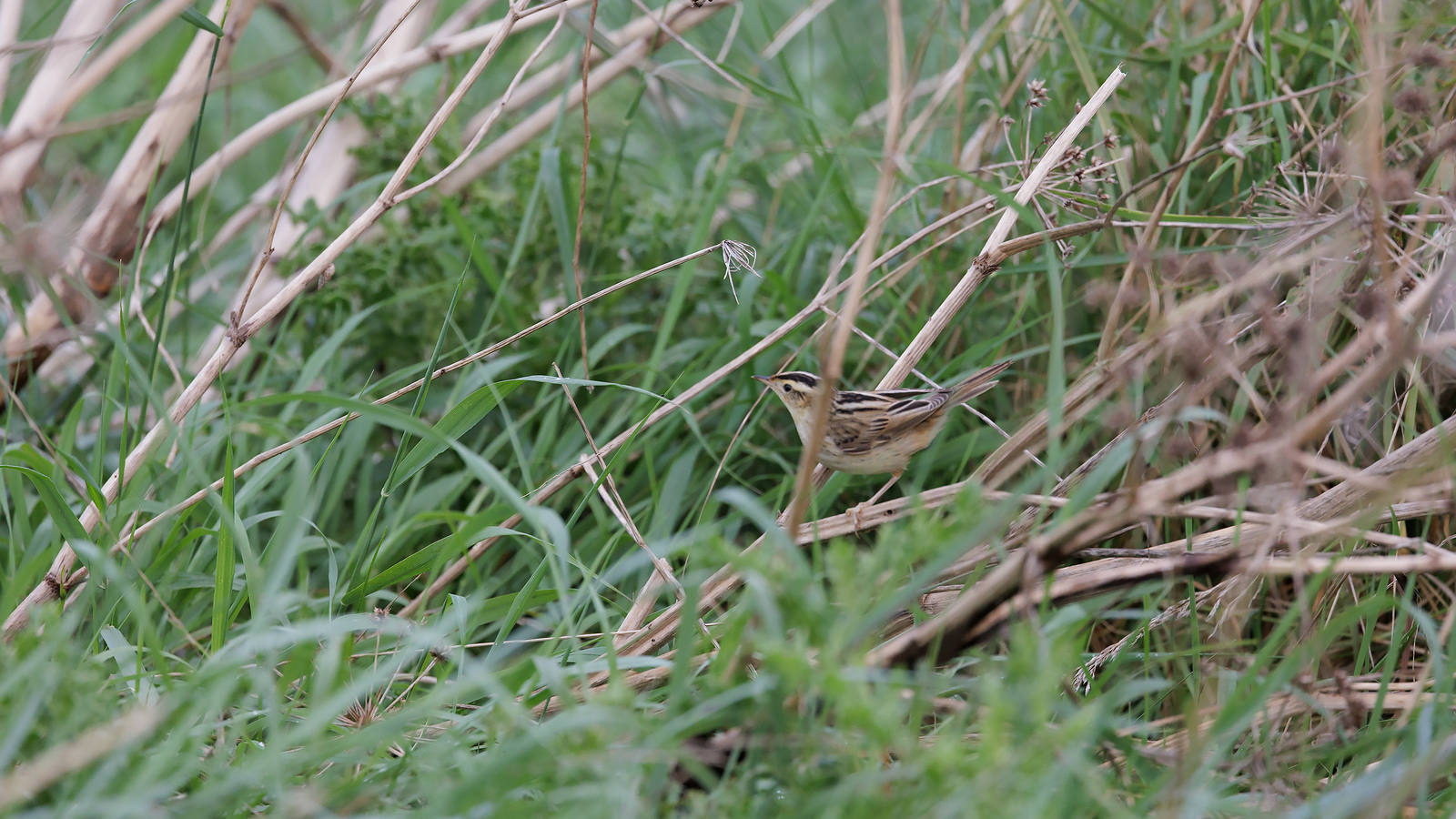
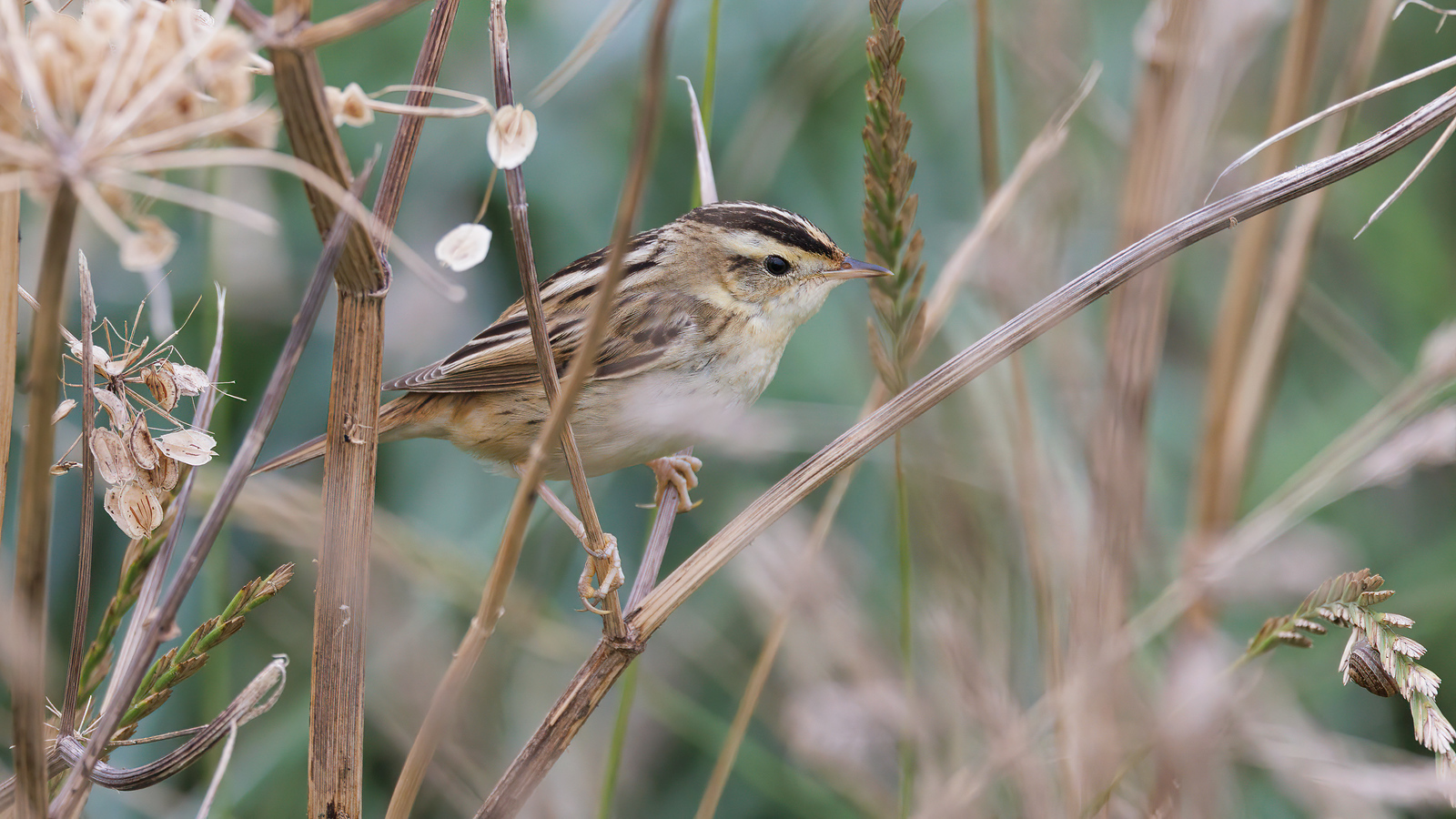
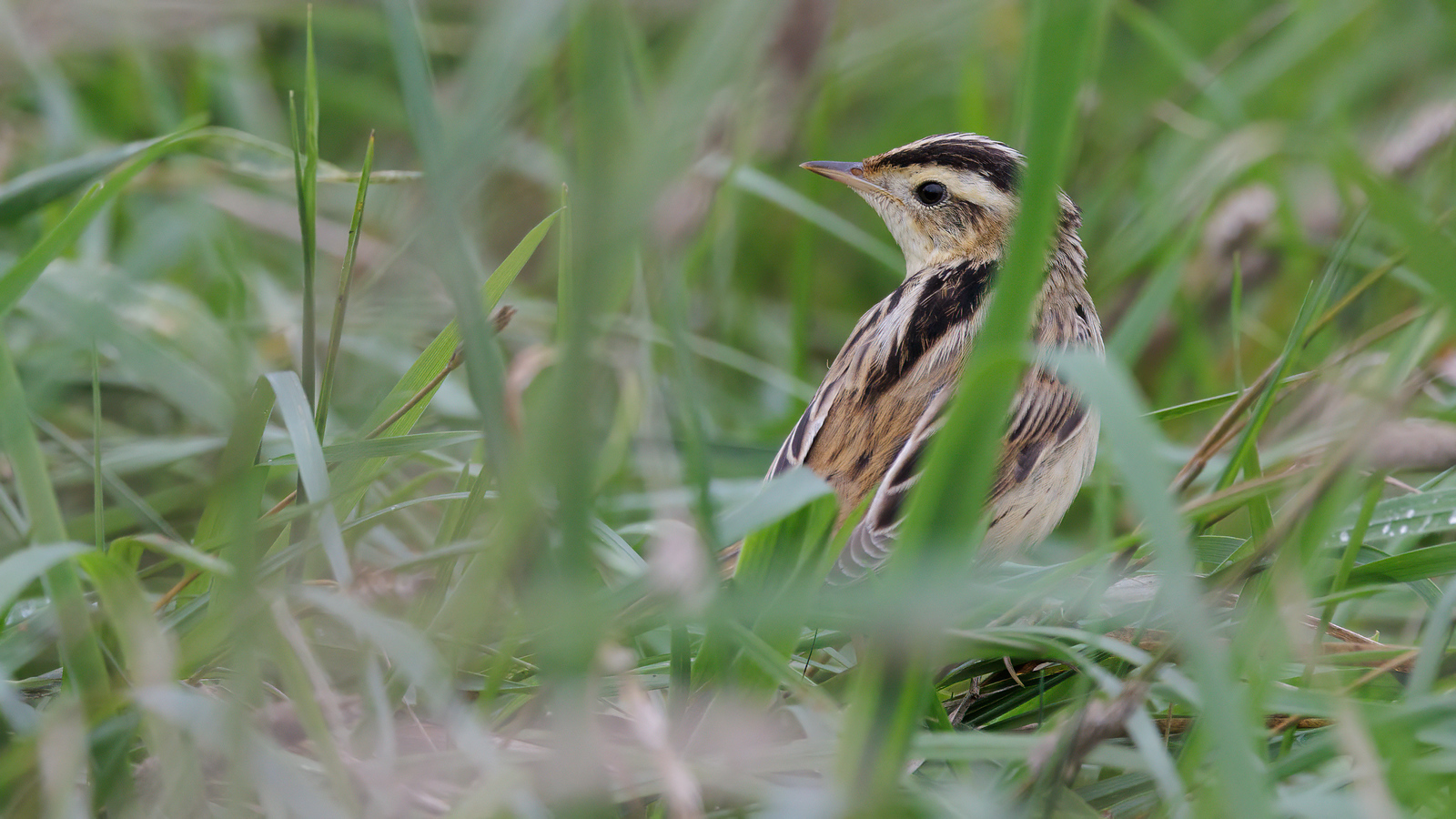
 RSS Feed
RSS Feed